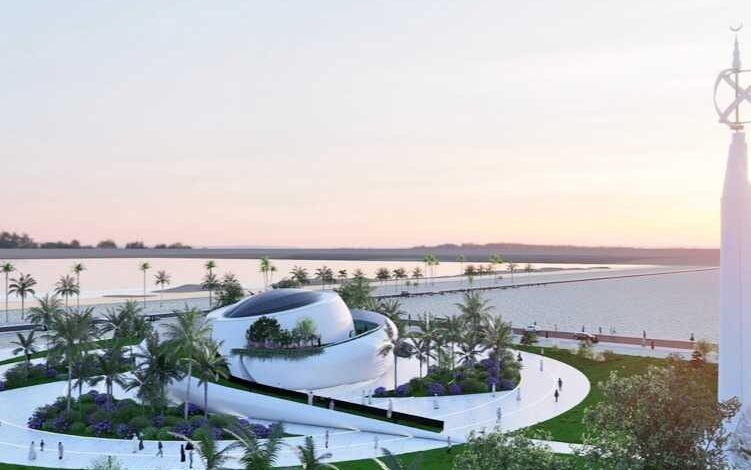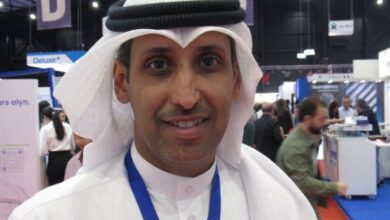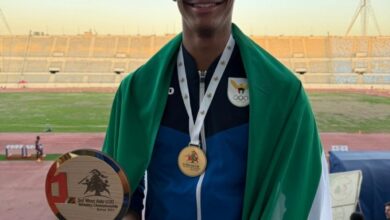Oman embraces technology with 3D-printed, eco-friendly mosque
The “Al Khair” Mosque project incorporates sustainable features such as natural lighting, renewable energy, locally sourced materials suited for the coastal climate, and salt- and wind-resistant landscaping.

-
The “Al Khair” Mosque’s design follows a spiral ribbon concept, creating shaded pathways and tiered green spaces while integrating energy-generation technologies using motion, wind, and sunlight. The mosque will serve as a prominent spiritual, architectural, and cultural landmark along the Dahariz coast in Salalah.
Oman’s Dhofar Governorate has signed an agreement to implement the “Al Khair” Mosque project using 3D printing technology, incorporating advanced environmentally friendly construction methods. The initiative forms part of a broader plan to develop the waterfront in Salalah’s Al Dahariz area, Al Qabas newspaper reported.
According to the Oman News Agency, the mosque will be built by Inotek Oman, a company specializing in 3D printing construction, in collaboration with Adi Architects.
Dhofar Municipality Chairman Ahmed bin Mohsen Al Ghassani said the “Al Khair” Mosque project reflects Dhofar Governorate’s vision for innovative urban development that showcases Islamic identity while embracing modern trends in sustainability. He noted that the mosque will serve as a prominent spiritual, architectural, and cultural landmark along the Dahariz coast in Salalah.
Al Ghassani highlighted that the use of 3D printing technology helps reduce material waste and speeds up construction. The project also incorporates sustainable features such as natural lighting, renewable energy, locally sourced materials suited for the coastal climate, and salt- and wind-resistant landscaping. He emphasized that the mosque will strengthen the governorate’s sustainable urban identity.
Yasser bin Saeed Al Barami, the project’s initiator and sponsor, explained that the mosque’s design follows a spiral ribbon concept, creating shaded pathways and tiered green spaces while integrating energy-generation technologies using motion, wind, and sunlight.
He added that the oval prayer hall includes a central skylight to allow natural light to illuminate the interior in an innovative manner. The minaret draws inspiration from the Omani sail and traditional incense burner, topped with the Islamic crescent, blending Islamic heritage with a contemporary architectural approach.
Follow The Times Kuwait on
X, Instagram and Facebook for the latest news updates












